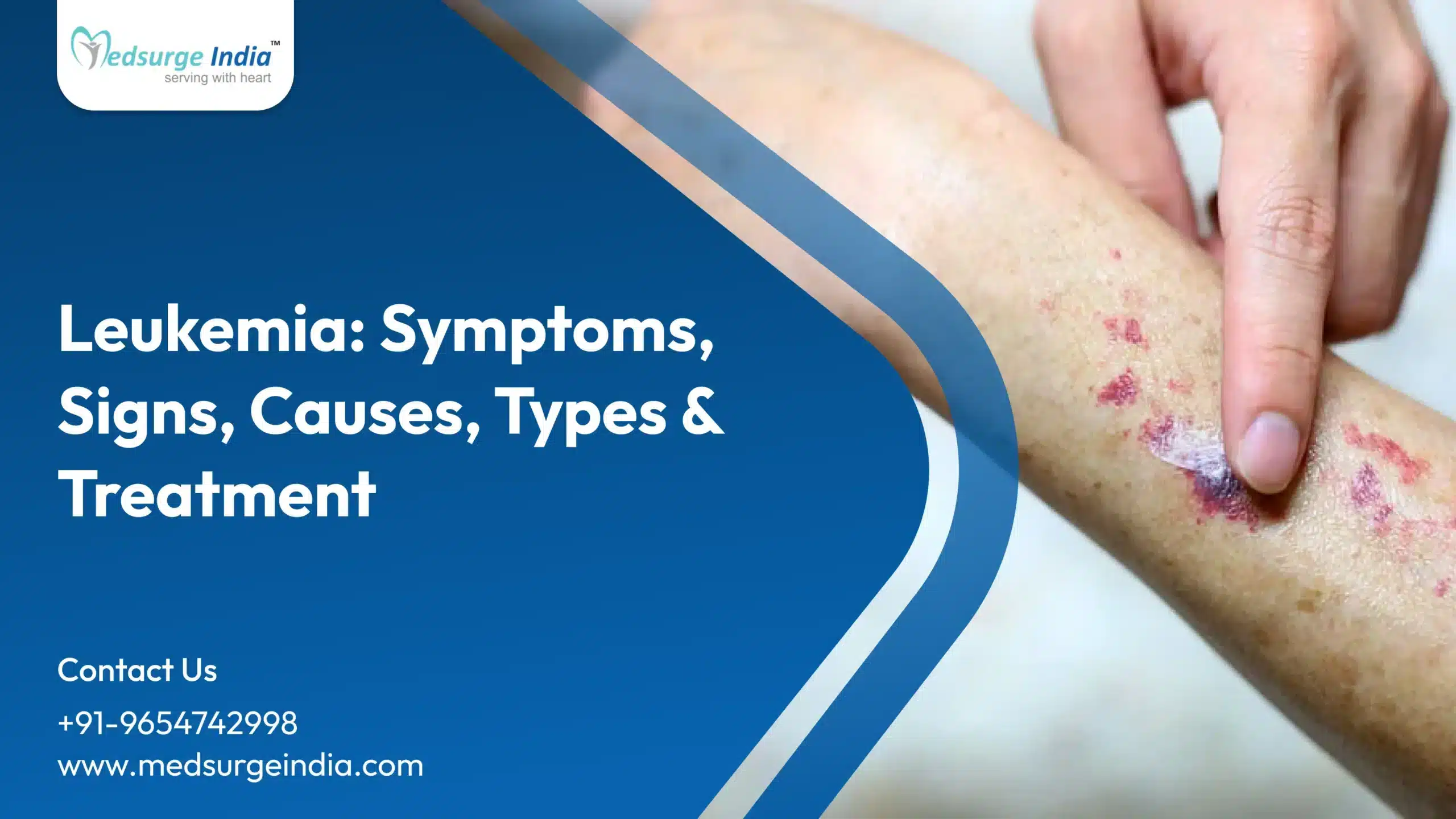
Breast Density and Your Mammogram Report
Dense breasts are quite common; around half of all women are affected by this. It occurs when you have a relatively high amount of fibrous and glandular tissue compared to fat tissue. This doesn’t show any signs or symptoms, and you will not even feel the firmness or notice any changes in the breast size.
Therefore, breast density can’t be detected through physical examination but rather through tests like mammograms. The actual cause is unknown, yet some of the factors may increase the risk.
Types of Breast Tissue
Breast tissues are made up of the following types of tissue:
- Fibrous tissue: This connective tissue gives the breast its firmness and structural support. It surrounds and holds other tissues in place.
- Glandular tissue: This part of the breast includes lobules (which produce milk) and ducts (which carry milk to the nipple). It plays a key role in breastfeeding and hormonal changes.
- Fatty tissue: Also called adipose tissue, this soft tissue fills the spaces between fibrous and glandular tissues. It determines the overall size and shape of the breasts and varies from person to person.
What Are the Categories of Breast Density?
The radiologist will follow the Breast Imaging Reporting and Data System (BI-RADS) to classify breast density. According to BI-RAD, breast density is classified into the following four categories.
| Category | Description | Detection Impact | Prevalence |
| A | Almost entirely fatty | Abnormalities are easier to detect | About 10% of women |
| B | Scattered areas of fibroglandular density | Some dense areas, but detection is generally not too difficult | About 40% of women |
| C | Heterogeneously dense | Dense tissue may obscure small masses and make cancer harder to detect | About 40% of women |
| D | Extremely dense | High density significantly lowers mammogram sensitivity, making detection difficult | About 10% of women |
If you have your mammogram report and it shows category C (heterogeneously dense) or category D (extremely dense) breast, then it signifies that you have dense breast.
What are the Causes and Risk Factors of Dense Breasts?
The actual cause is unknown; however, some of the risk factors include,
- Age: Younger women are prone to having dense breast tissue. As women age, especially after menopause, breast tissue tends to become more fatty and less dense.
- Medication: Certain treatments, like homone replacement therapy (HRT), can increase breast density.
- Body weight: Women with a lower body mass index (BMI) are also at risk of developing breast density
- Family history: Breast density can run in families. If your close relatives have dense breast tissue, you may be more likely to have it too.
How Can Breast Density Be Identified?
Breast density is usually measured through a mammogram, which is an X-ray image of the breast. On a mammogram:
- Dense tissue (like glandular or fibrous tissue) appears white or bright
- Fatty tissue appears dark or grey
Radiologists will get a complete overview of your report and classify breast density into one of four categories (from mostly fatty to extremely dense). In some cases, computer-aided detection (CAD) software is also used to help analyze breast density more precisely alongside the radiologist’s interpretation.
Are Dense Breasts a Risk Factor for Breast Cancer?
Yes, having dense breasts is a known risk factor for breast cancer. Women with higher breast density have a greater chance of developing breast cancer compared to those with lower density. Therefore, regular checkups and personalized screening plans are important if you have dense breasts.
Should Women With Dense Breasts Get Additional Breast Cancer Screening?
Women with dense breasts have a higher chance of developing breast cancer. Thus, if your reports show that you have dense breasts, then your doctor may advise you to take some other tests as well. Dense breast tissue can make it harder to detect cancer on a mammogram because both dense tissue and tumors appear white.
The following additional tests can help detect cancers that may not appear in the mammogram.
- Breast ultrasound
- Breast MRI
- 3D mammography (tomosynthesis)
- Molecular breast imaging
Unfortunately, there are no such treatments available to reduce the dense breast. However, by maintaining healthy lifestyle changes, you can lower the risk of breast cancer.
Also Read:- Breast Cancer Treatment Cost in India
Lifestyle Management for Women with Dense Breasts
Here are some lifestyle strategies that may benefit women with dense breasts:
- Maintain a healthy weight
- Stay physically active
- Eat a balanced, anti-inflammatory diet
- Manage hormone therapy carefully
- Do regular screening
Key Takeaways
Having dense breasts is quite normal; however, the main concern arises because they’re linked to a higher risk of breast cancer. The detection of cancer becomes more difficult, as both dense tissue and tumors appear white on a mammogram. As there’s no treatment available to reduce breast density, the focus remains on early detection through additional screening like ultrasound or MRI to catch cancer as early as possible, when it’s most treatable.












